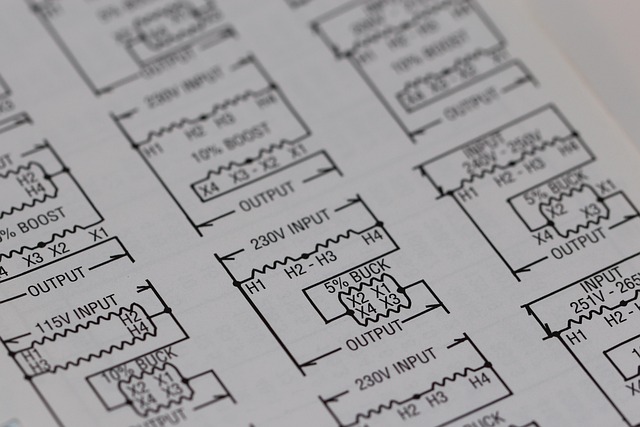
Wire Harnesses in Automobiles
In the world of automotive engineering, the wiring harness plays a crucial role that often goes unnoticed. This assembly of wires connects all the essential electrical and electronic components in your vehicle, from sensors and control units to batteries and actuators. Without a properly functioning wiring harness, your car wouldn’t be able to perform even the most basic functions, like steering or braking. Let’s dive deeper into what makes these harnesses so important and how they contribute to the overall efficiency of your vehicle. 🚗
What is a Wiring Harness?
A wiring harness is essentially a collection of wires bundled together to streamline the electrical system of a vehicle. Imagine trying to navigate a chaotic mess of wires—pretty daunting, right? By organizing them into a single harness, manufacturers can significantly reduce the risk of shorts and other electrical issues. Plus, it makes installation a breeze!
Why Are Wiring Harnesses Important?
Wiring harnesses serve several purposes:
- Space Optimization: Automobiles contain a multitude of wires that, if laid out flat, could stretch for several kilometers. Bundling them into a harness not only saves space but also keeps everything neatly organized.
- Protection: By enclosing the wires, harnesses protect against vibrations, abrasions, and moisture, which can lead to electrical failures over time.
- Ease of Installation: With a single harness to install instead of multiple loose wires, the installation process becomes quicker and more standardized.
- Improved Reliability: A well-designed harness minimizes the likelihood of electrical faults, contributing to the vehicle's overall reliability.
Types of Wiring Harnesses
There are various types of wiring harnesses, each designed for specific applications:
- Main Harness: This is the primary harness that connects the major electrical components of the vehicle.
- Body Harness: This harness connects components in the vehicle's body, like lights and sensors.
- Engine Harness: Specifically designed for the engine, this harness connects sensors, actuators, and control units.
- Chassis Harness: This harness connects various components within the chassis, ensuring everything works in harmony.
Installation and Maintenance
Installing a wiring harness is not just about plugging in wires; it requires attention to detail and a good understanding of the vehicle's electrical system. Here are a few tips for a successful installation:
- Follow the Manual: Always refer to the vehicle's service manual for specific instructions regarding the wiring harness.
- Check for Damage: Before installation, inspect the harness for any signs of wear or damage.
- Secure Connections: Ensure all connections are tight and secure to prevent any electrical issues.
Regular maintenance of the wiring harness is also essential. Keep an eye out for any fraying or exposed wires, as these can lead to significant problems down the line. 🌟
Conclusion
In summary, the wiring harness is a vital component of any automobile, ensuring that all electrical systems function smoothly and efficiently. Understanding its role can help car owners appreciate the complexity of their vehicles and the engineering that goes into them. So, the next time you hop into your car, remember the unsung hero working behind the scenes to keep everything running!




















 Why You Need a Retractable Gate in Your Life
Why You Need a Retractable Gate in Your Life 
 Health
Health  Fitness
Fitness  Lifestyle
Lifestyle  Tech
Tech  Travel
Travel  Food
Food  Education
Education  Parenting
Parenting  Career & Work
Career & Work  Hobbies
Hobbies  Wellness
Wellness  Beauty
Beauty  Cars
Cars  Art
Art  Science
Science  Culture
Culture  Books
Books  Music
Music  Movies
Movies  Gaming
Gaming  Sports
Sports  Nature
Nature  Home & Garden
Home & Garden  Business & Finance
Business & Finance  Relationships
Relationships  Pets
Pets  Shopping
Shopping  Mindset & Inspiration
Mindset & Inspiration  Environment
Environment  Gadgets
Gadgets  Politics
Politics 